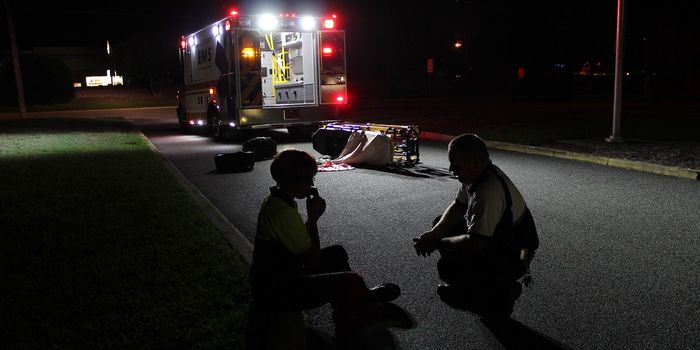Cannabis Almost 25% Stronger Now than 50 Years Ago
Researchers from the University of Bath in England have found that cannabis has increased in strength by up to 25% in the last 50 years.
For the study, the researchers examined data from over 80,000 cannabis street samples tested over the last 50 years in the US, UK, Netherlands, France, Denmark, Italy, and New Zealand. In doing so, they found that concentrations of tetrahydrocannabinol (THC), the psychoactive compound in cannabis, increased over time.
In particular, they noted that THC concentrations in herbal cannabis (dried flowers, fruits, and leaves from the female cannabis plant) increased by 14% between 1970 and 2017. This, they say, likely happened due to an increasing market share of stronger varieties, including sinsemilla.
Meanwhile, the concentration of THC in cannabis resin, an extract from herbal cannabis, also known as 'hash', increased by 24% between 1975 and 2017. This is an increase equivalent to 5 mg per year- significant considering that one 5 mg dose is sufficient for mild intoxication, say the researchers.
"Cannabis resin is often seen as a safer type of cannabis, but our findings show that it is now stronger than herbal cannabis," says Sam Craft, one of the study's authors.
"Traditionally, cannabis resin contained much lower amounts of THC with equal quantities of CBD (cannabidiol, which is believed to have some health benefits), however, CBD concentrations have remained stable as THC has risen substantially, meaning it is now much more harmful than it was years ago."
The researchers thus say that the increasing levels of THC in cannabis highlights the need for harm-reduction strategies similar to those used for alcohol. These include standard units and guidelines for safer consumption. This comes especially as the number of people entering treatment for cannabis use problems has also risen in recent years, eclipsing those seeking treatment for heroin and cocaine use.
Sources: The Guardian, Addiction









